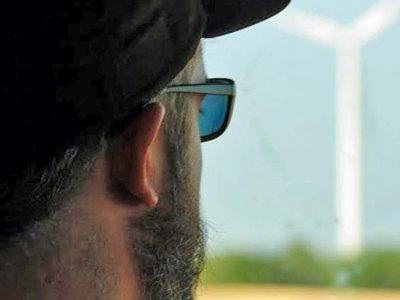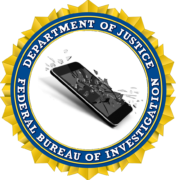 Discussions about combat networks usually concern issues of architecture, SWaP, capabilities, interoperability, and the Agile process. It’s easy to lose sight of impact of technological decisions on human beings. Recently I was reminded about the real-world effects of network solutions. The Business Insider excerpts a description from Garrett Anderson’s blog about his duties as a platoon radio operator in Fallujah. Explaining why he hates to talk on the telephone, he cites one incident:
Discussions about combat networks usually concern issues of architecture, SWaP, capabilities, interoperability, and the Agile process. It’s easy to lose sight of impact of technological decisions on human beings. Recently I was reminded about the real-world effects of network solutions. The Business Insider excerpts a description from Garrett Anderson’s blog about his duties as a platoon radio operator in Fallujah. Explaining why he hates to talk on the telephone, he cites one incident:
“I had to monitor the net (field communication network) for unit reports on friendly movement so that my platoon did not walk into another’s gun fire.
One time I had told a tank that it would be clear to fire on a building, shortly after I watched a dozen Marines from another platoon take cover behind the same building, out of sight of the tank. The tank’s turret shifted and pointed toward the building.
When there are too many people talking on a radio channel, the net gets tied up and I have to wait for a person to stop talking before I can talk to them. I frantically held down the button to my handset repeating over and over, more panicked and more panicked, ‘Cease fire, cease fire, cease fire!’ When I let go of the button I could hear the tank power down with a sound like a vacuum cleaner and my handset answered back, ‘Roger, cease fire.’”
For us civilians, the inability to get a message through a crowded network is an annoyance, somewhat akin to a slow internet connection, or a busy signal on a telephone. For warfighters like Garrett, it’s one of the reasons why even as a civilian he has to control feelings of panic every time he hears the phone ring.









